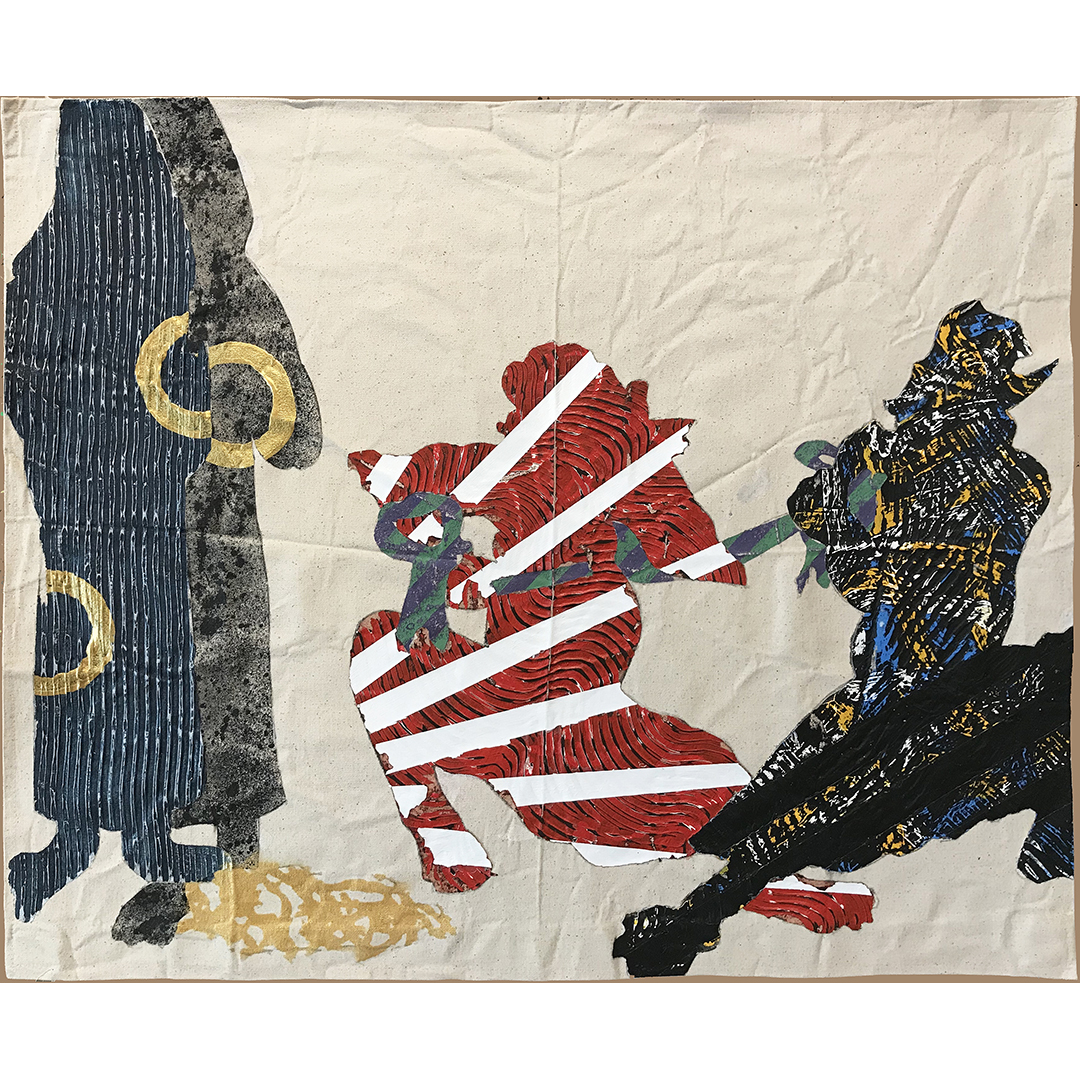 |
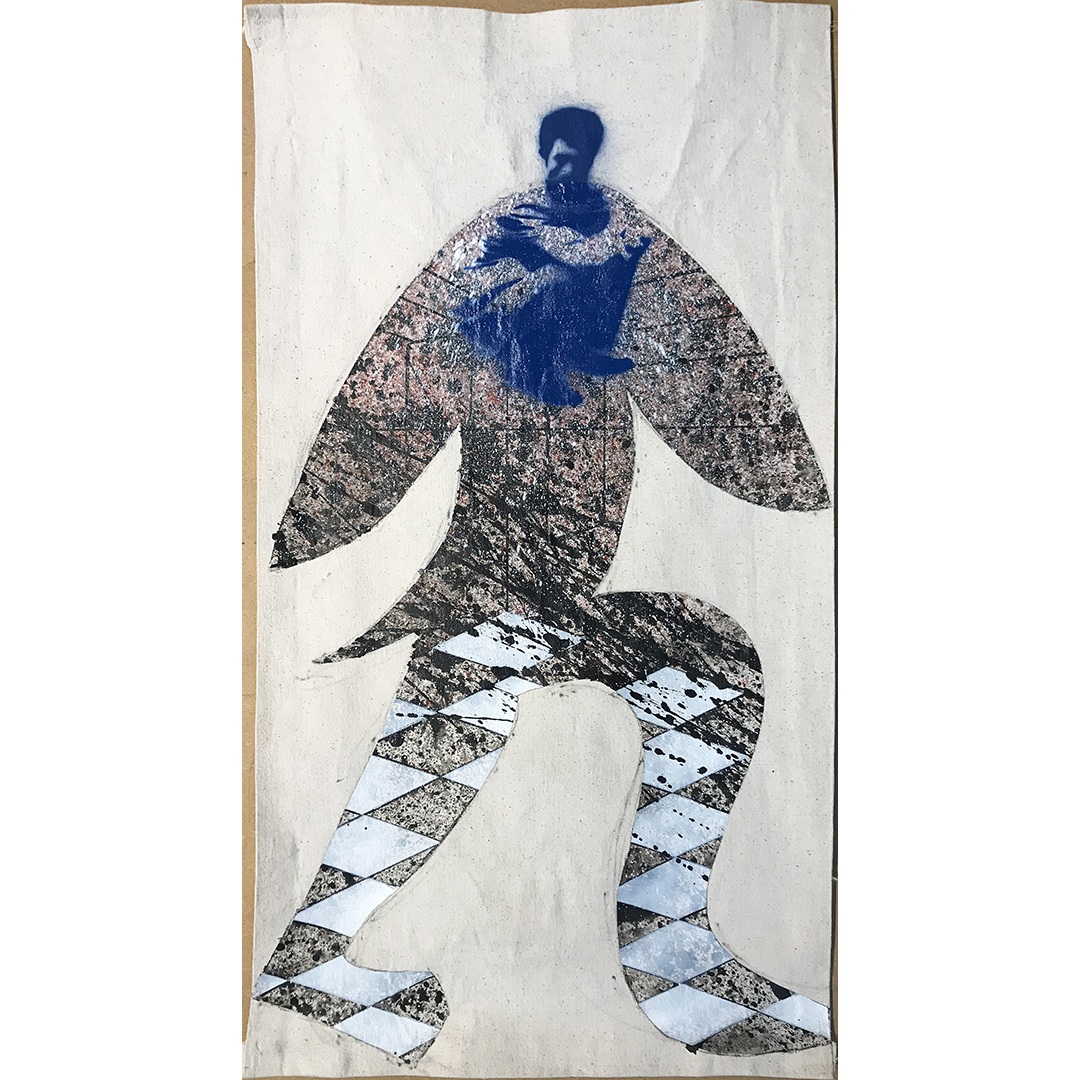 |
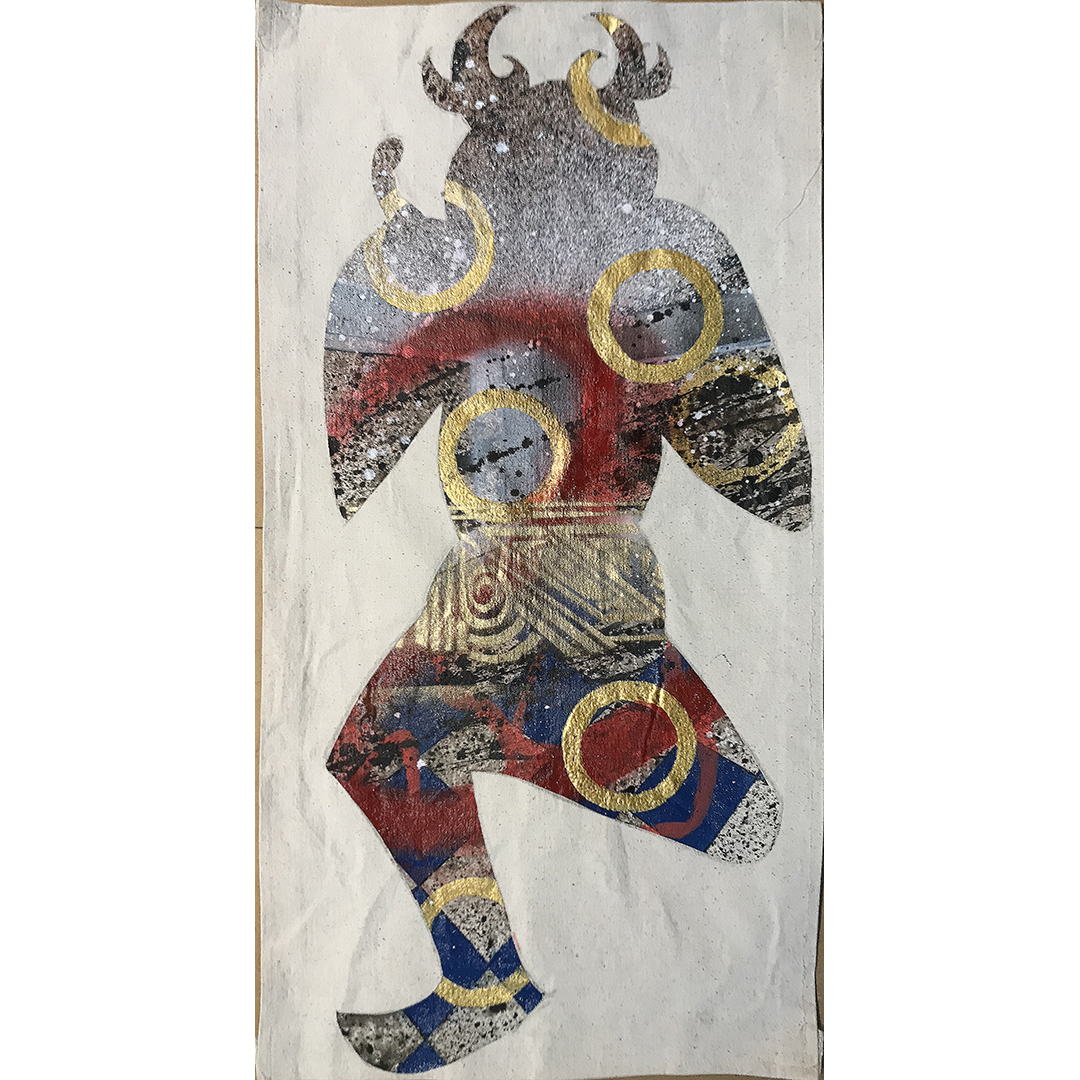 |
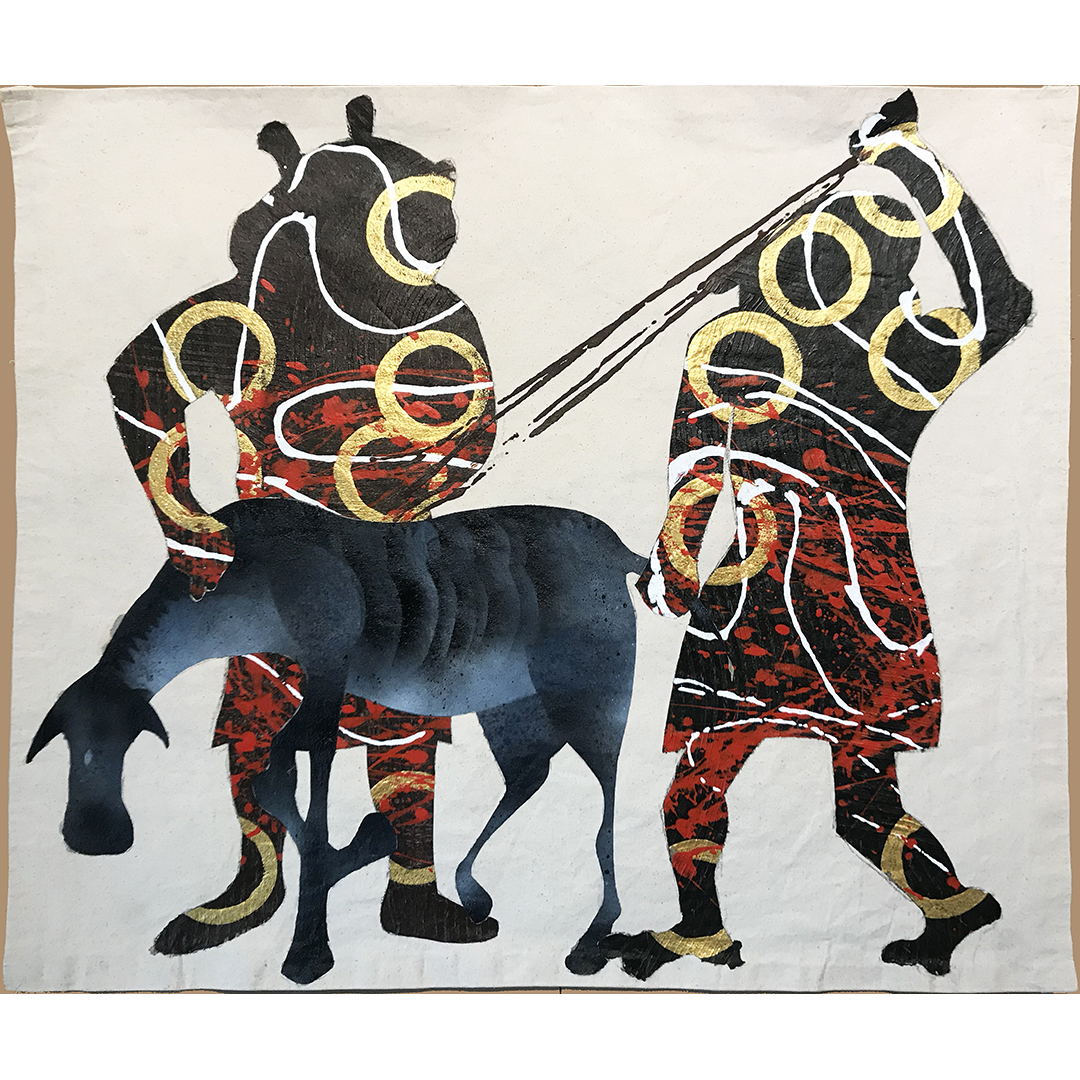 |
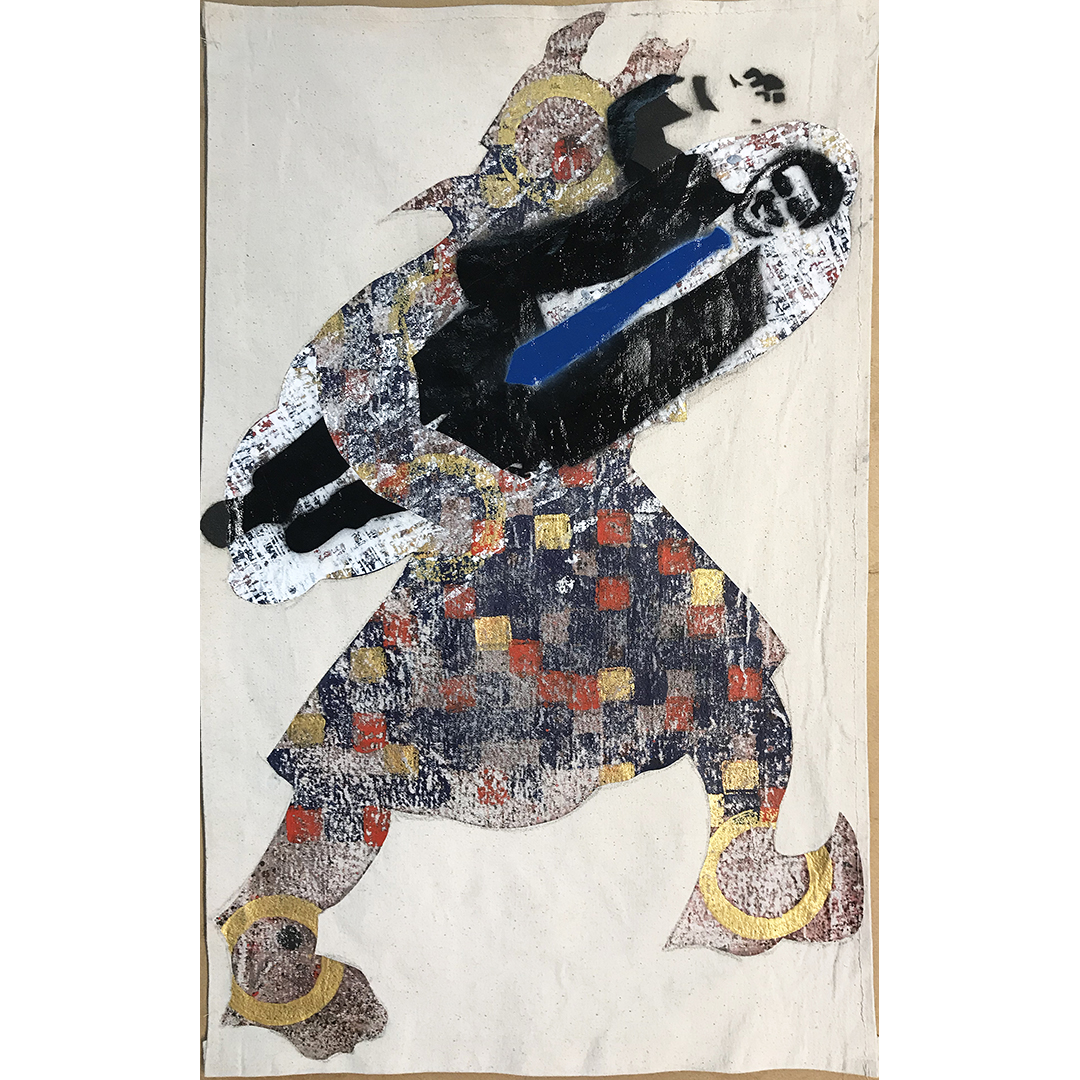 |
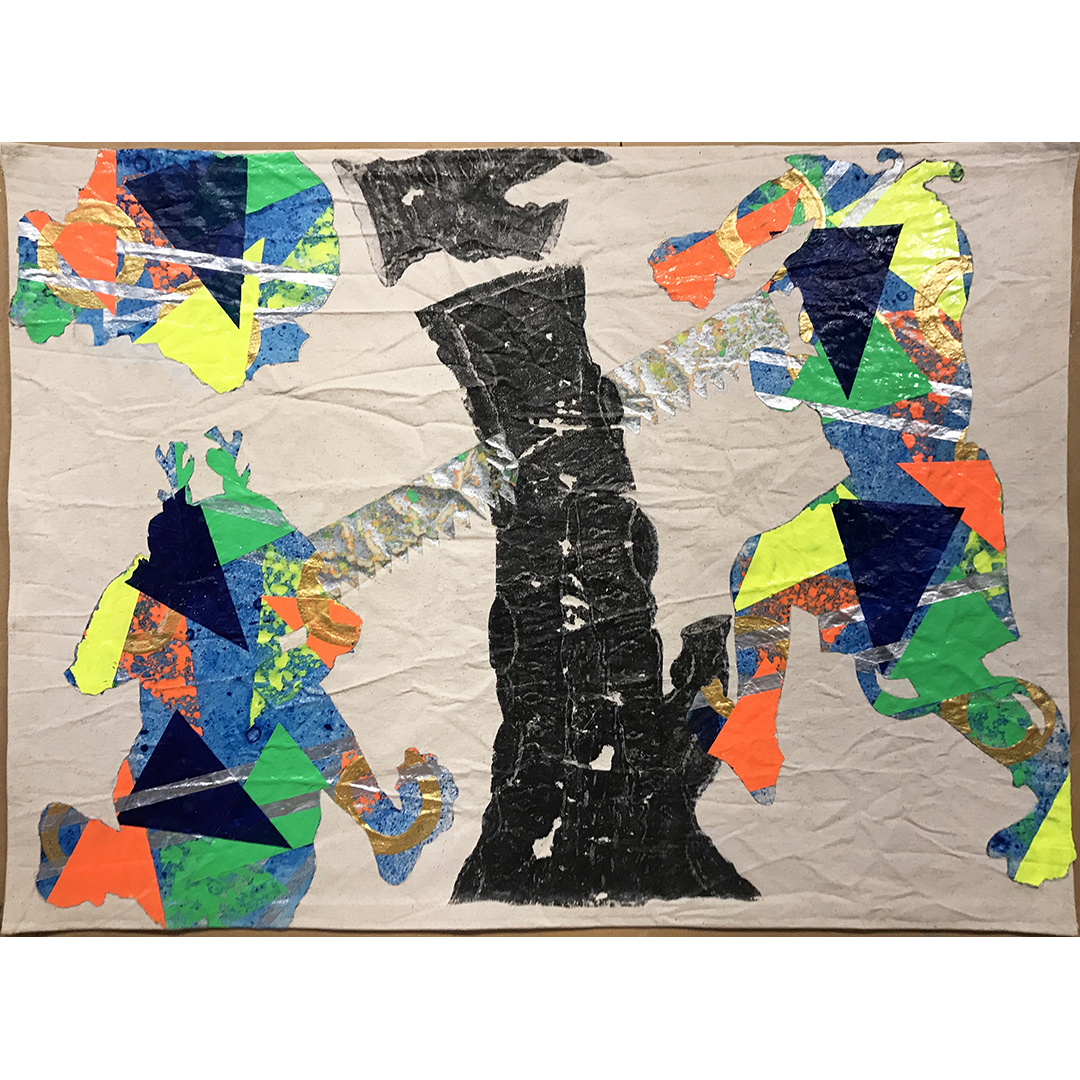 |
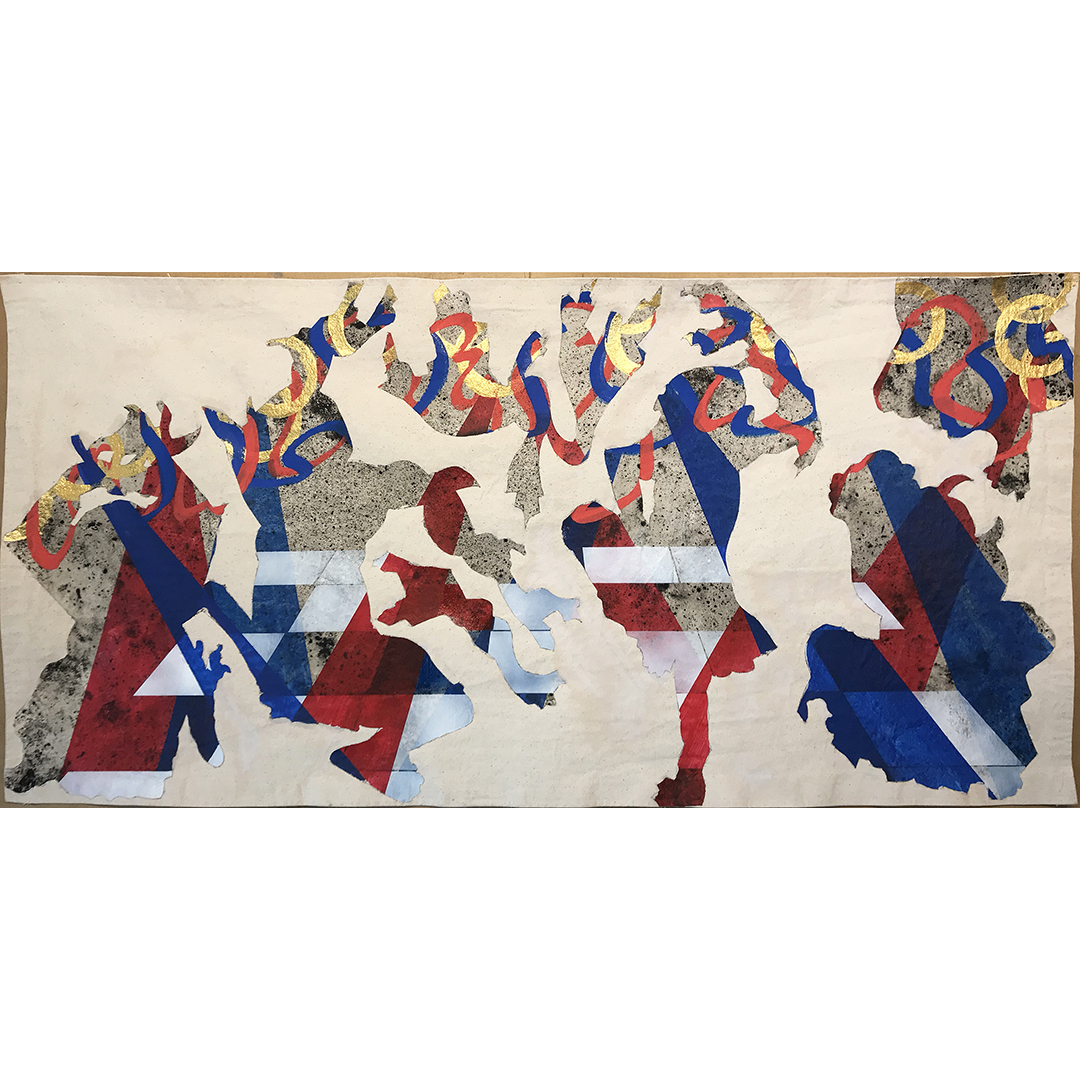 |
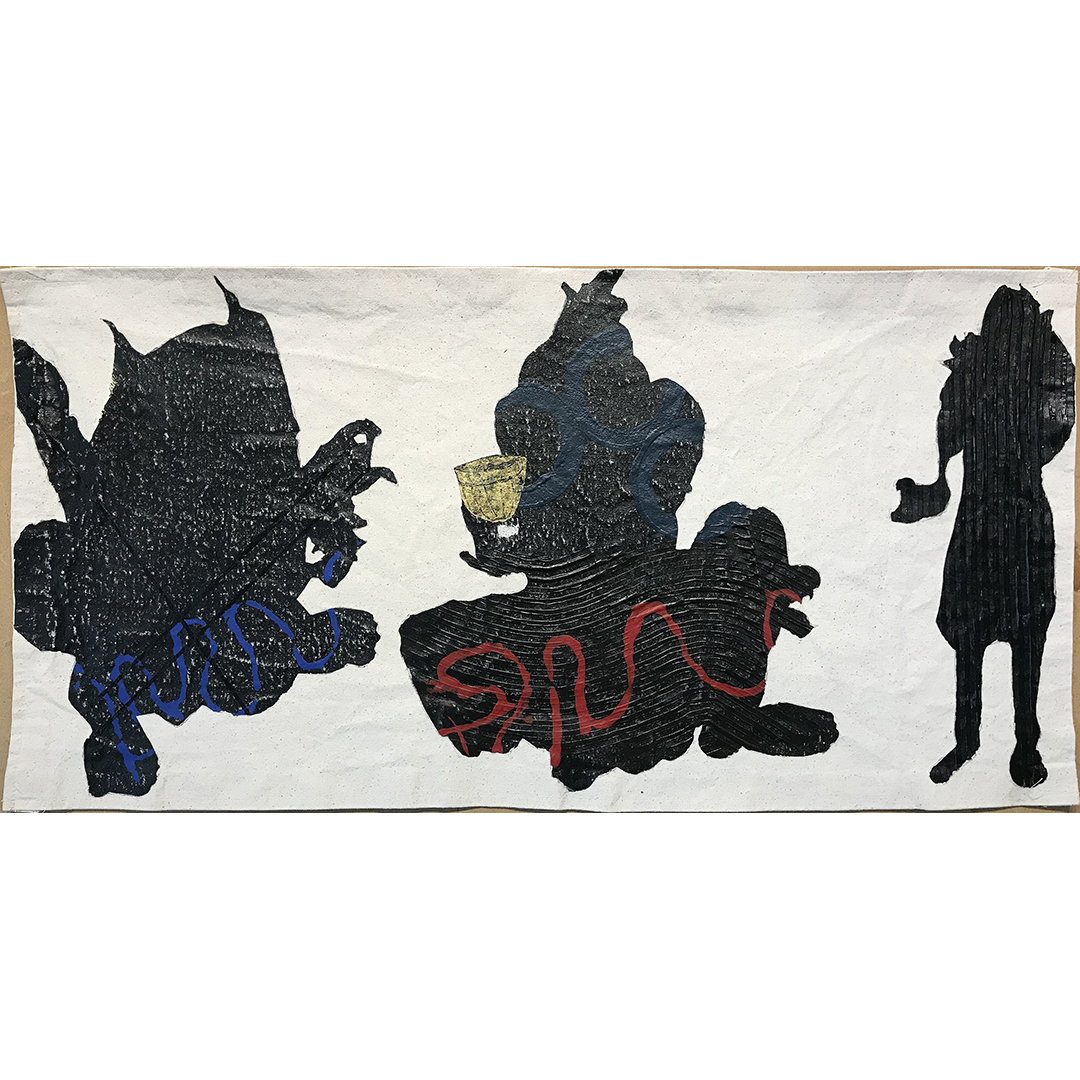 |
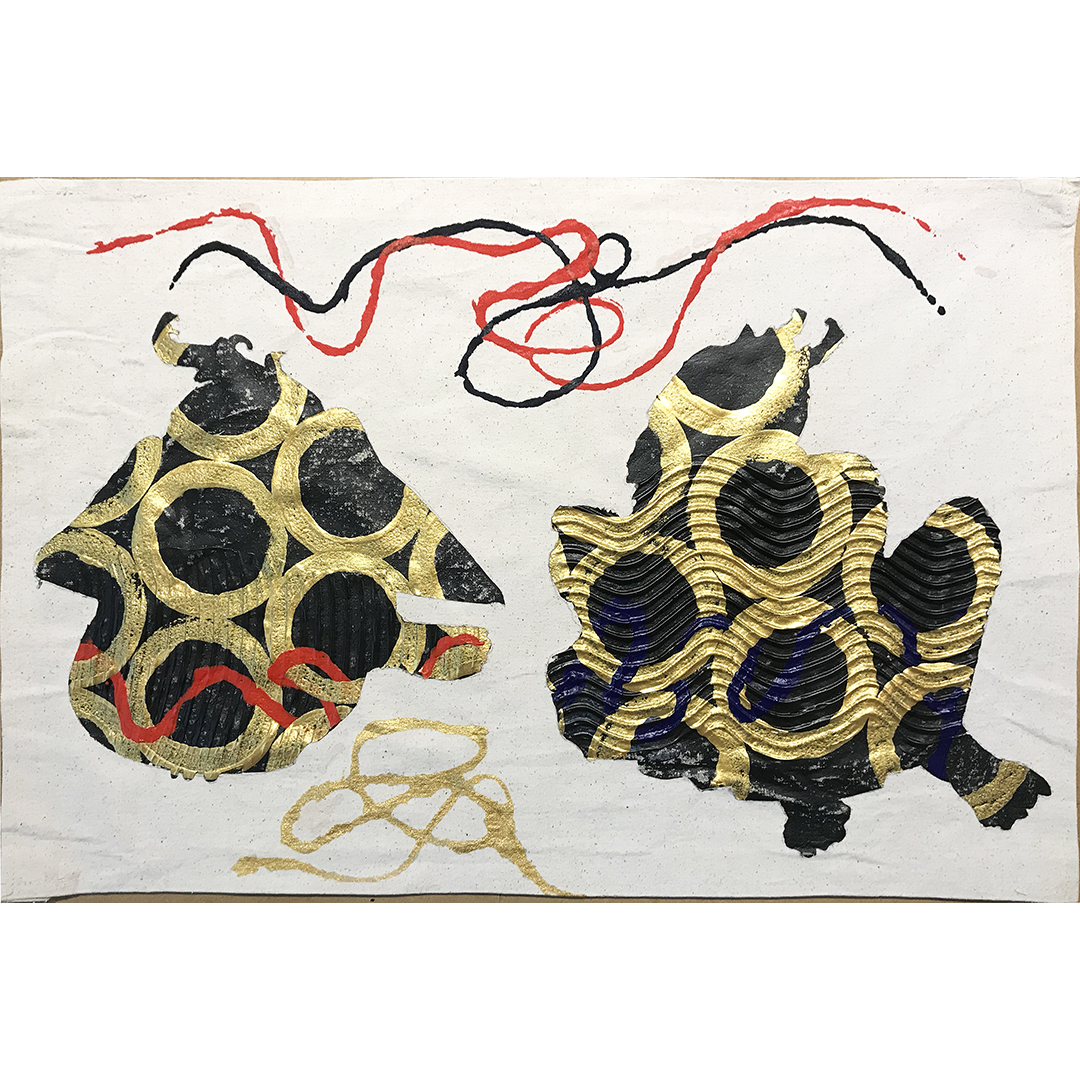 |
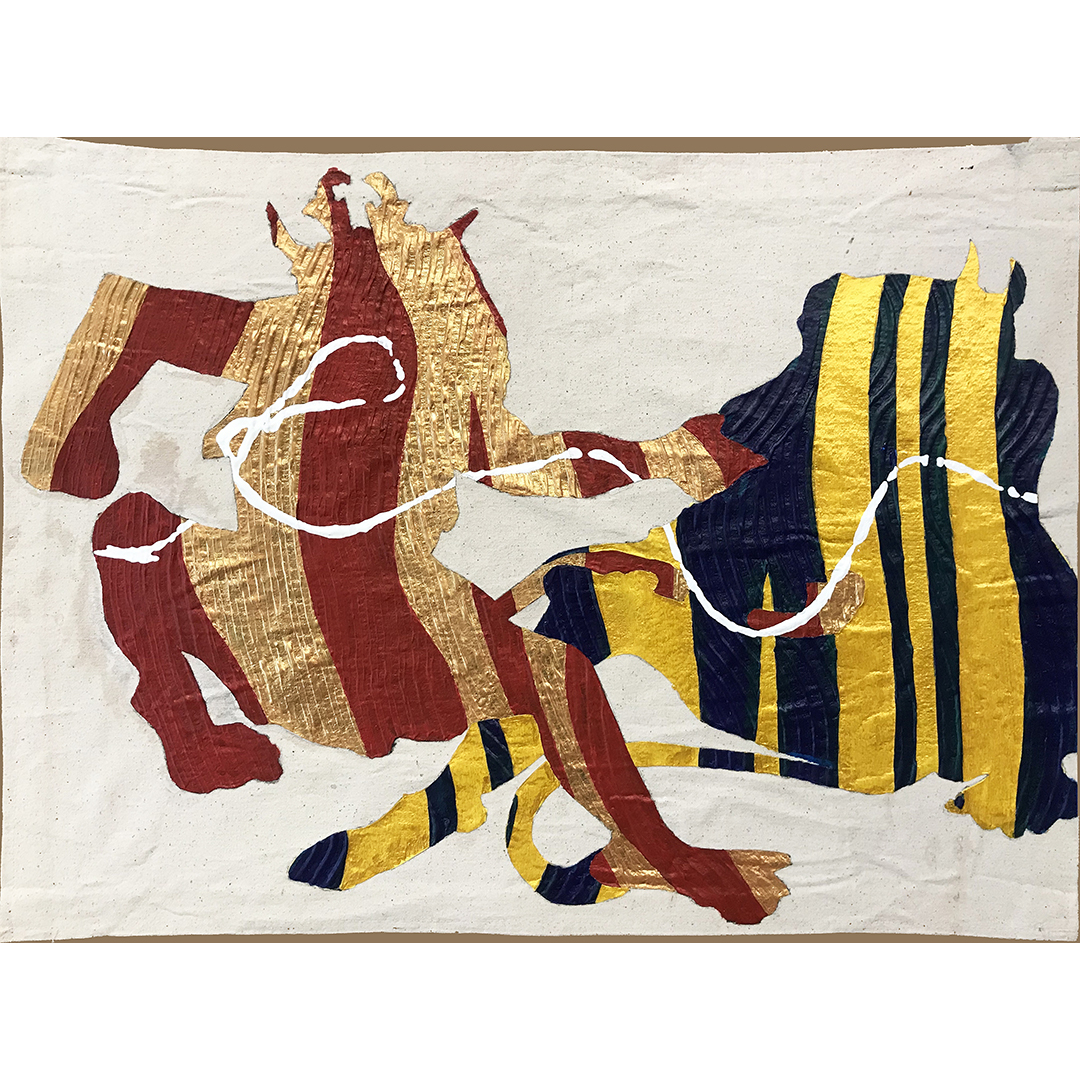 |
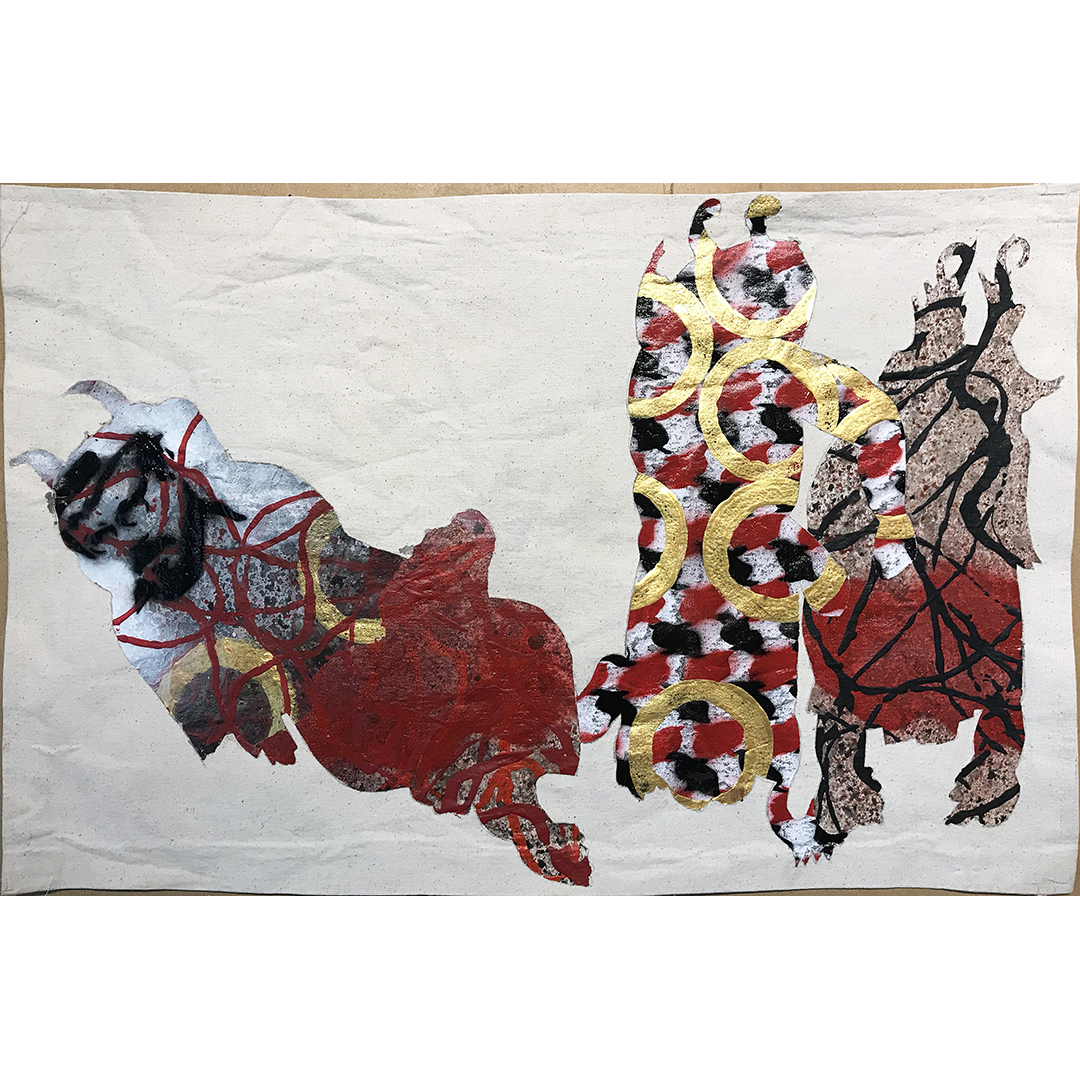 |
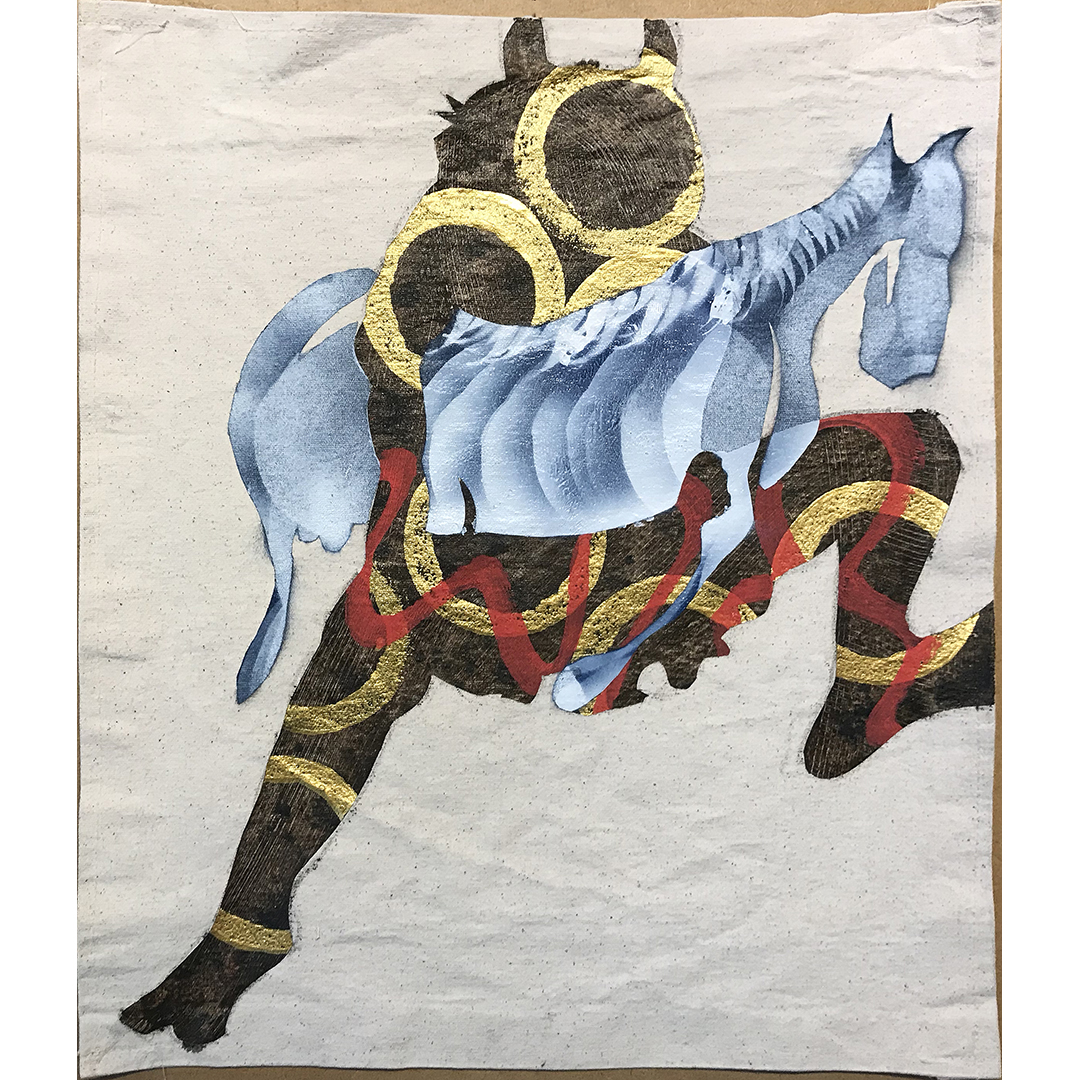 |
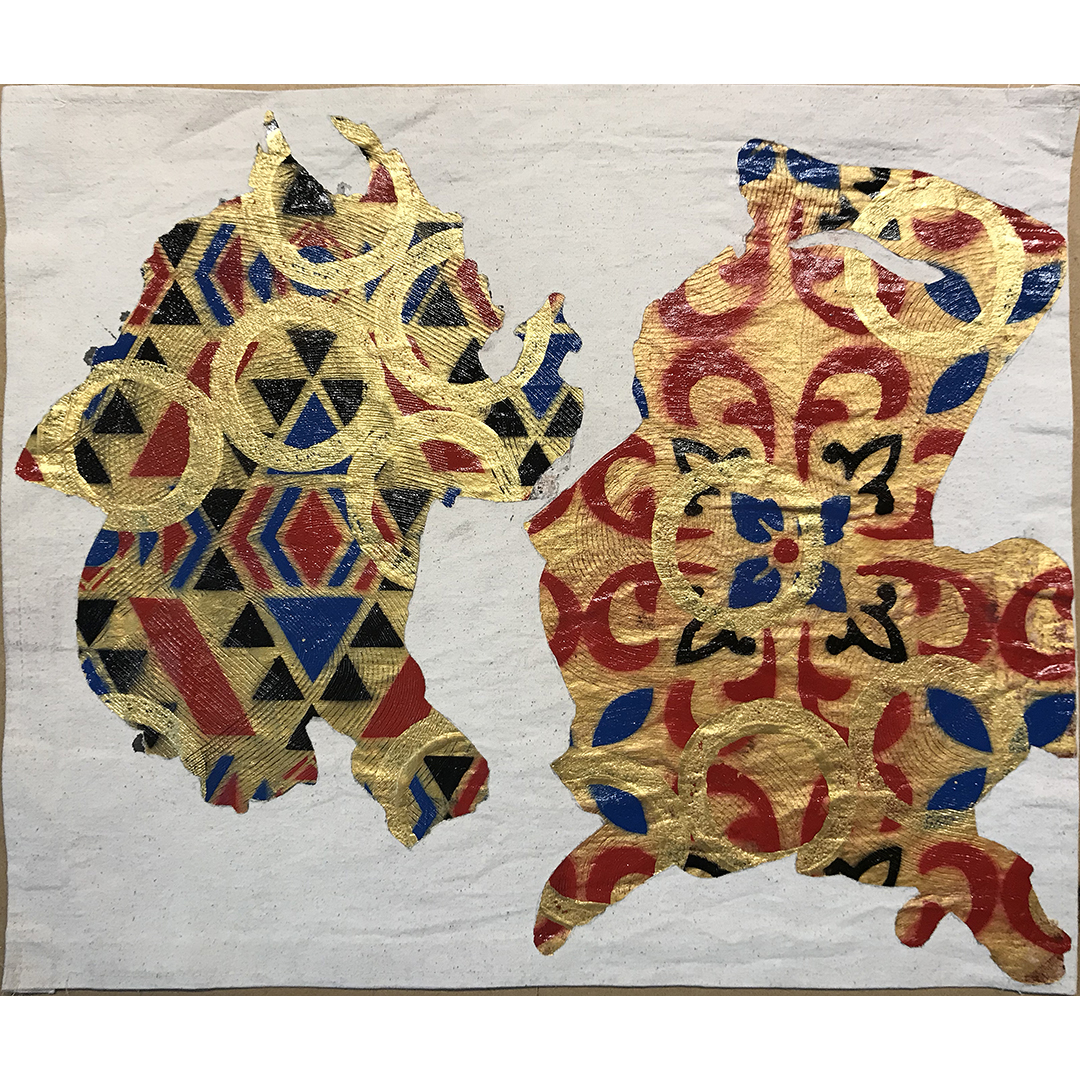 |
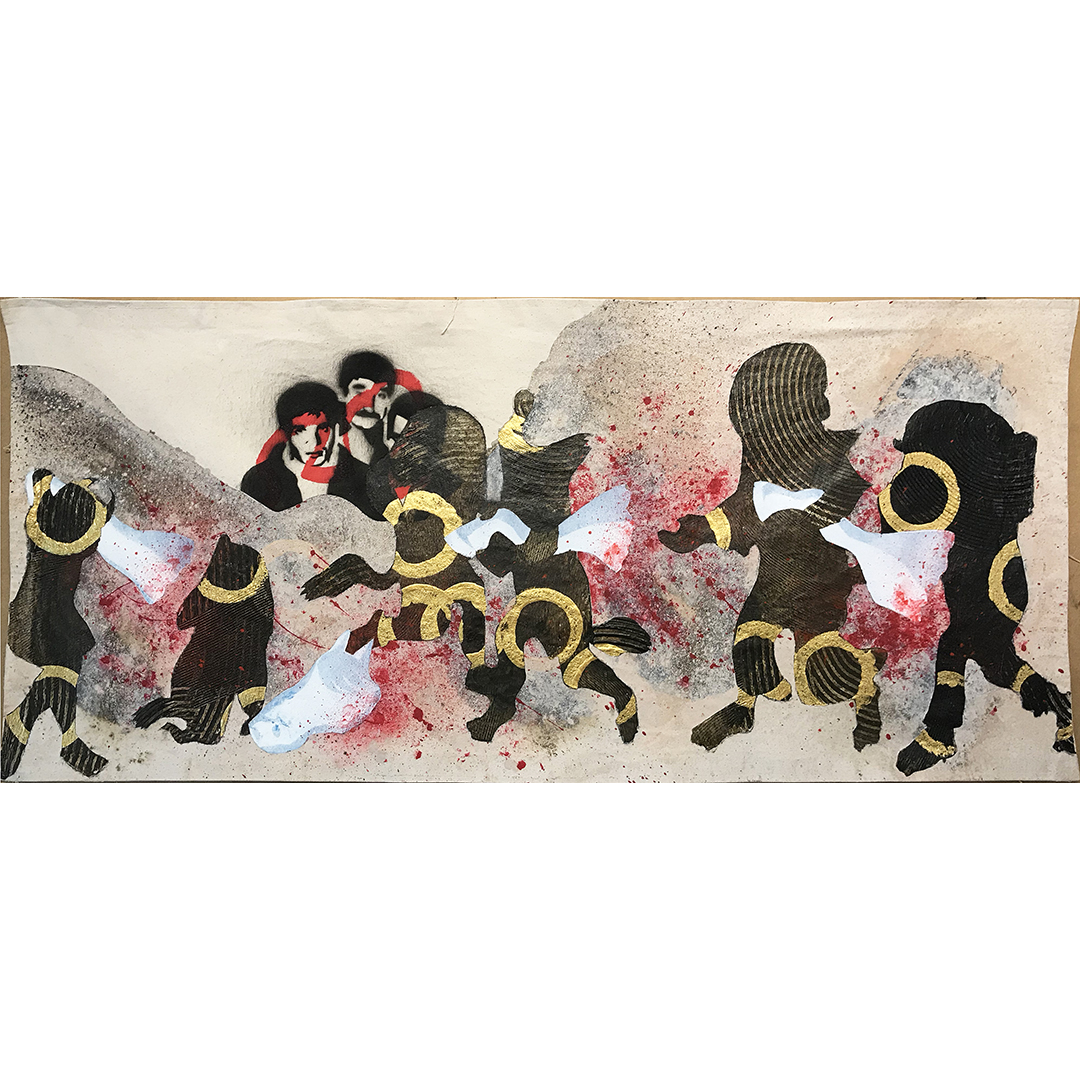 |
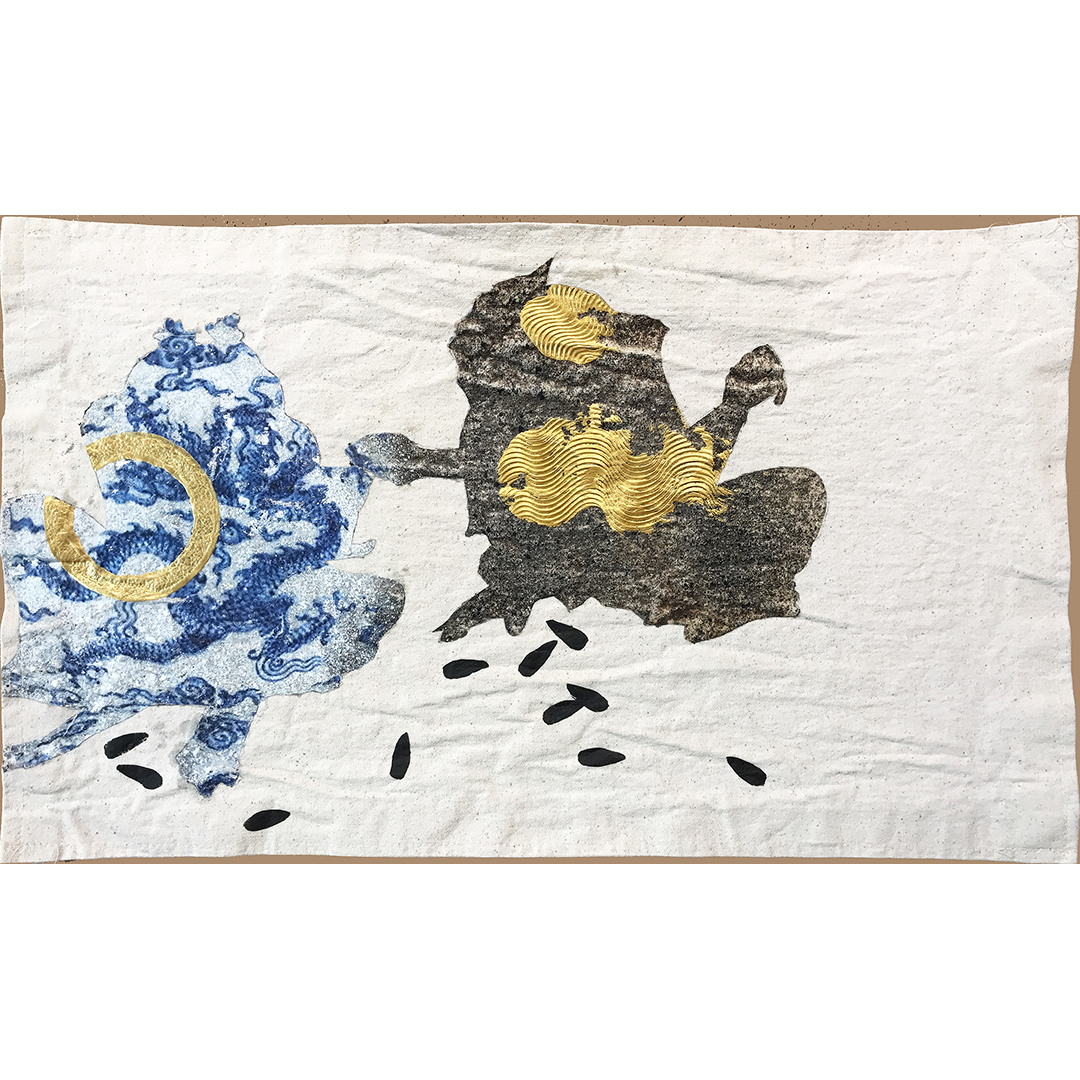 |
Click the images above for enlargements
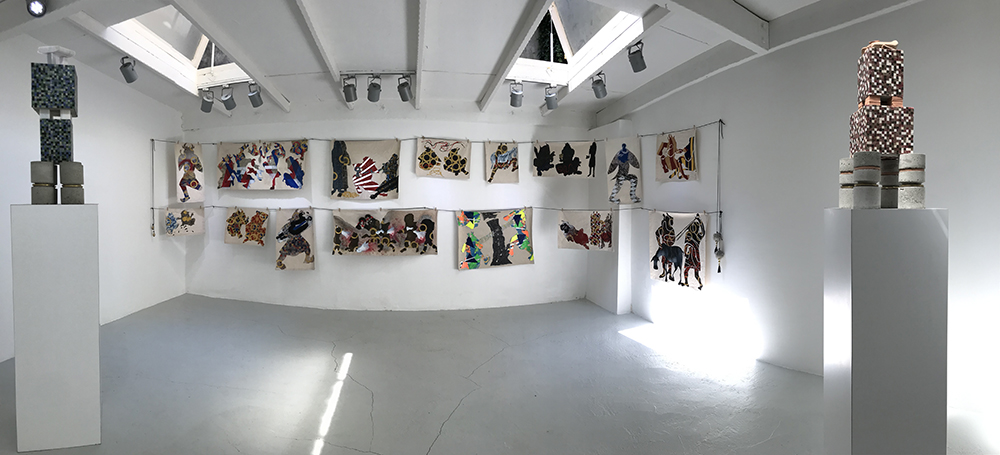
Şeytan Tüyü | Luck of the Devil is the new exhibition by the UK based artist Richard Bartle at halka sanat projesi. Inspired from the works of 14th century miniature painter and storyteller Mehmet Siyah Kalem (Mohammad of the Black Pen), Bartle currently delivers his second exhibition in pursuit of Siyah Kalem’s world of creations.
The exhibition marks for Bartle the end of a fourteen-year journey of linguistic, historical, and cultural enquiry in Turkey since his first encounter with the work of Siyah Kalem in the 2005 Royal Academy exhibition: Turks. Nestled amongst the traditional Islamic illuminations and illustrations of palace life, Siyah Kalem’s idiosyncratic brush and ink observations embodied something more significant and anthropological - a delightful narrative of social encounters and characters that resonated with the stories and traditions of the Turkic nomads of Central Asia and the Silk Road.
Last year Bartle, in his first art residency at halka sanat projesi had concerned himself with Siyah Kalem’s more social observational paintings and Bir Göçebe Masalı | A Nomads Tale, the resulting exhibition in June 2018, was a series of sculptures and assemblages.
However, this time, in Şeytan Tüyü | Luck of the Devil, Bartle focuses on Siyah Kalem’s demons, an imaginative and beautiful series of illustrations that seem to tell a moralistic fable through a collection of grotesque but loveable monsters in various scenes of debauchery. The exhibition features fifteen demon paintings, using them as agents of social observations whose subject matter feels just as relevant today.
In response to Siyah Kalem’s demons Bartle scales up the original artworks, emptying out the original demons and refilling them with his visions. The resulting work is a playful and colourful mix of political commentaries, social observations, and manifestation of the artist’s inner demons. The artworks themselves are a series of canvas hangings and paintings that appropriate from the texture and narrative of modern-day Istanbul - interwoven with the techniques and palette of Siyah Kalem’s originals.
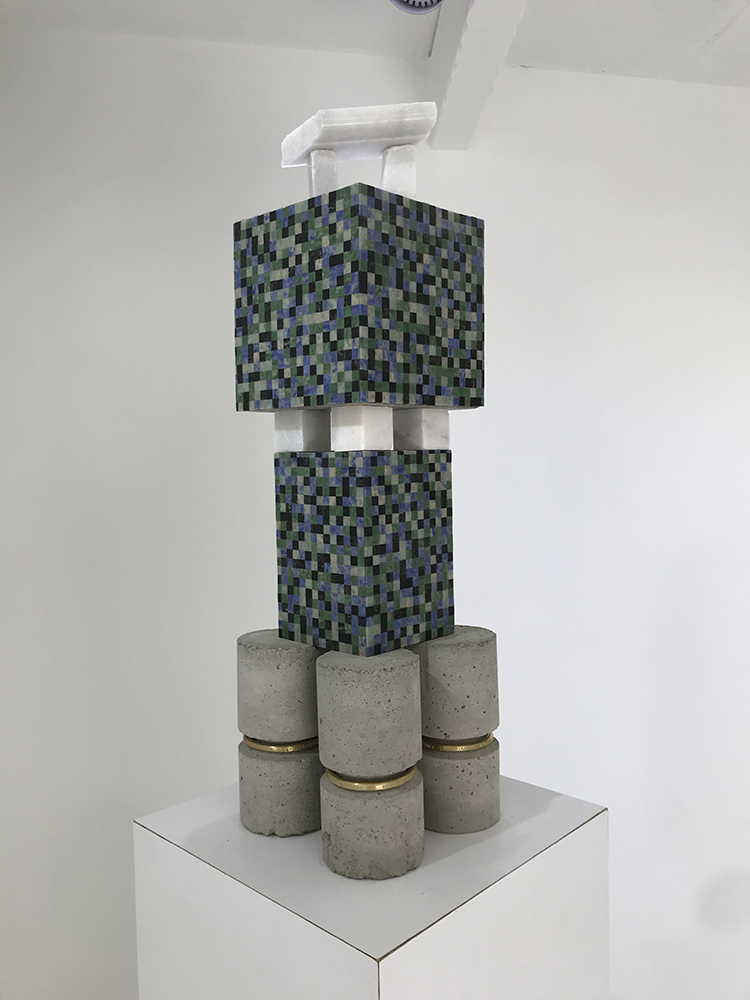
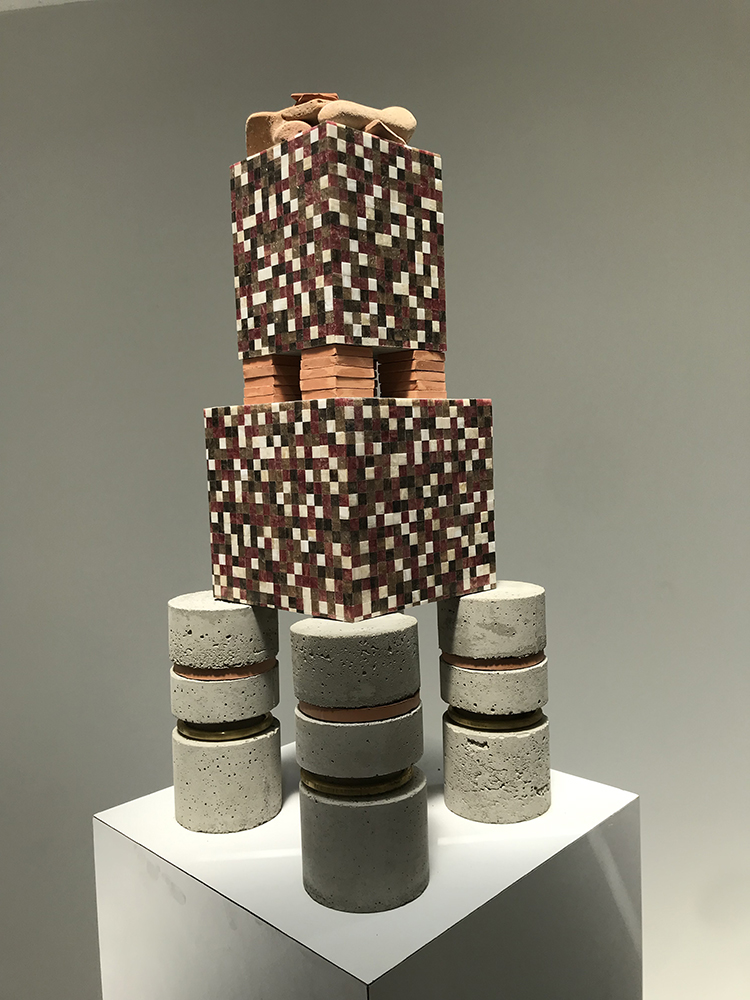
In my response to Siyah Kalem’s demons I sought to scale up the original artworks, emptying out the original demons and refilling them with my own visions. The resulting work is a playful and colourful mix of political commentaries, social observations, and my own inner demons - the artworks themselves, are a series of canvas hangings and paintings that appropriate from the texture and narrative of modern-day Istanbul - interwoven with the techniques and palette of Siyah Kalem’s originals.
This final exhibition in my Siyah Kalem series marks the end of a fourteen-year journey of linguistic, historical, and cultural enquiry in Turkey. What began with my nose pressed against a display cabinet containing the original Siyah Kalem albums at the 2005 Royal Academy exhibition Turks, grew exponentially, taking me on an exquisite journey of discovery through three artists’ residencies, and several exhibitions. Leaving me with a deeper love of Turkey than I ever thought possible, countless new friendships, and plenty more that I want to explore.
Şeytan Tüyü (The Devil’s Feather) is a common Turkish phrase who’s cultural meaning is something similar to ‘The luck of devil” or “Charming devil”.
halka sanat projesi is a not-for-profit, independent art initiative based in Istanbul. Since 2011, halka runs exhibitions, an international artist-in-residence programme as well as diverse cultural and artistic meetings and educations on monthly basis. (www.halkaartproject.net)
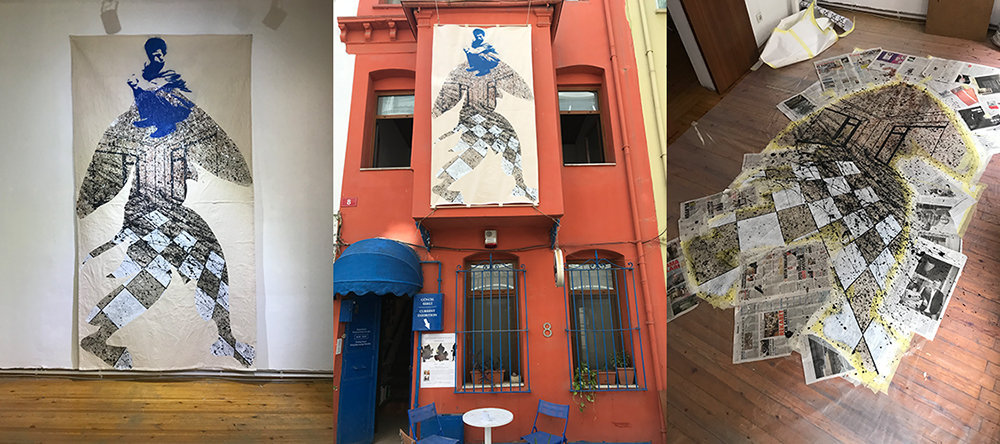
(Halka Sanat Projesi residency studio 2019)
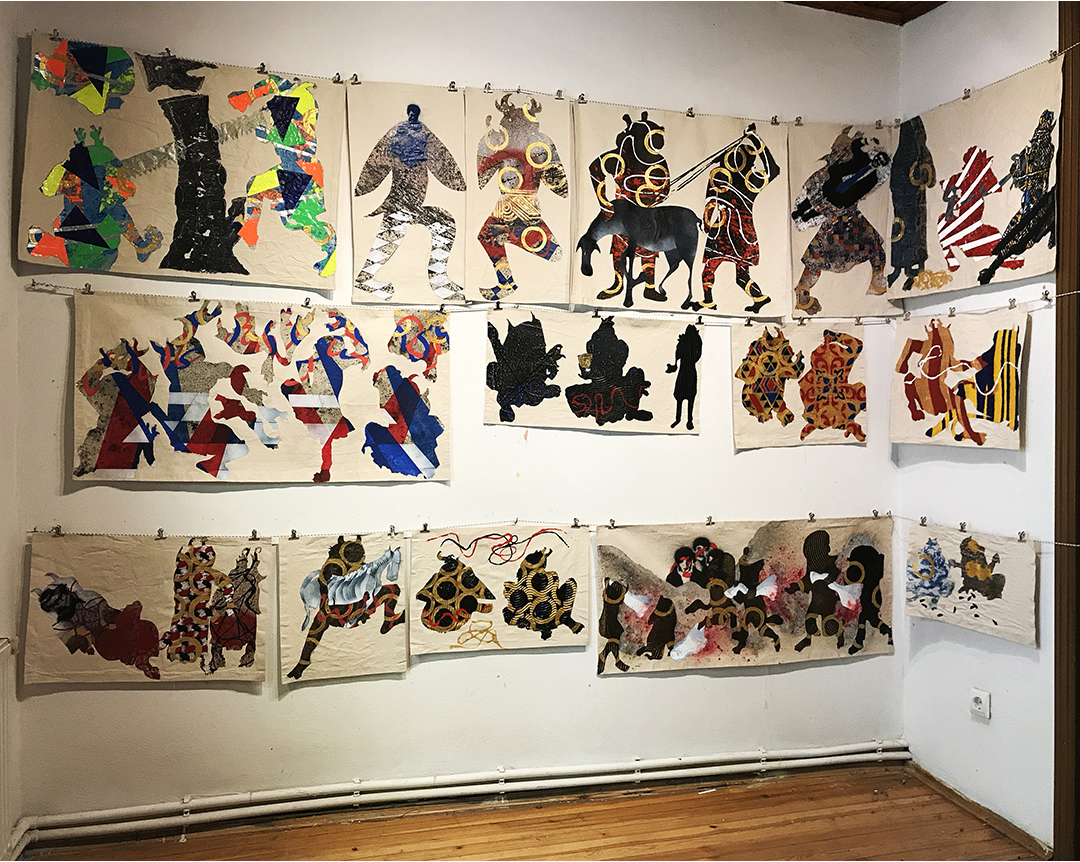
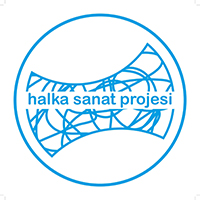


© Richard Bartle, all rights reserved.